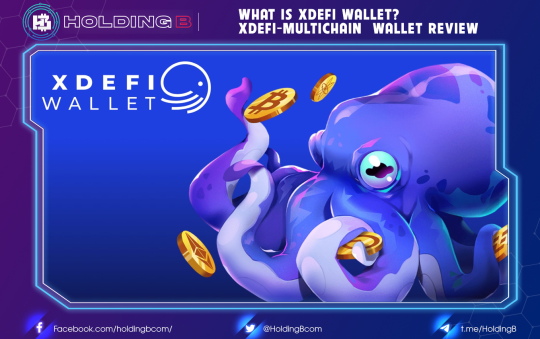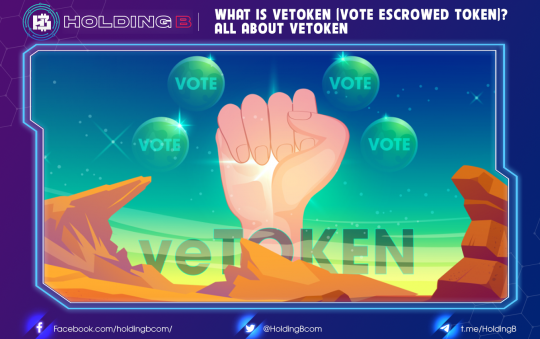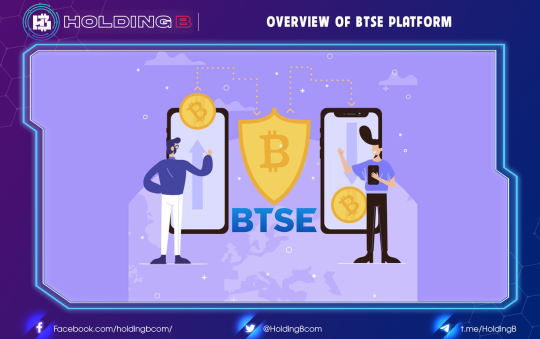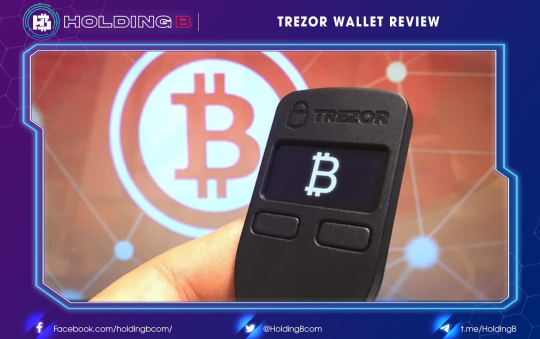As you all know, Web 3 is another application of Blockchain technology, in addition to the most popular application of electronic money (Crypto) that you see every day. It is seen as a vision of the future of the Internet.
And in blockchain, smart contracts play a very important role. They help to make transactions safer and more secure and work in an organized manner. And not only that, it also makes other components, like apps running on these platforms, more accessible.
However, the essence of blockchain or smart contracts is that the lines of code operate based on the “If-this, then-that” files (if this is the case, the result will be that). They cannot interact with data and systems that exist outside of their native blockchain environment.
So how do we enable the creation of hybrid smart contracts, where on-chain code and off-chain infrastructure are combined to support advanced decentralized applications (dApps) that react to real-world events and interactions with traditional external systems?
That answer is “Oracle”.
What is an oracle?
Oracle‘s mission is to receive and validate external data into the blockchain and smart-contract, allowing smart contracts to securely access off-chain data feeds through methods such as APIs or market data. school.
Note: The oracles on the blockchain themselves are not a data source, but rather a layer for querying, verifying, and validating external data sources and then forwarding the outgoing information to smart contract
Do you have any questions about what this external data is specifically? Let’s learn more with us!
External data form
- Real-world data: Information derived from everyday life, such as temperature or news from newspapers or news bulletin
- Crypto Market Data: Information on Coinmarketcap and Coingecko, such as the price or daily fluctuations of tokens
- Enterprise Services: Information to serve the enterprise’s blockchain application
Some types of oracle
Based on properties, Oracle can be divided into three types:
- Data sources: software or hardware.
- Data direction: inbound or outbound.
- Trust level: centralized or decentralized.
Data sources
Oracle software and hardware differ by how they fetch data from sources.
- Software Oracles (software Oracles) receive data from internet-based services such as servers and databases, websites, etc.
- Hardware Oracles receive data from information-reading utilities such as camera motion sensors, radio frequency identification (RFID) sensors, thermometers, or barcode scanners.
Data direction
Data is sent in (inbound oracle) or data is transferred out (outbound oracle).
- Inbound oracle: These oracles will take care of sending information from external sources to smart contracts.
- Smart contracts will be outbound oracles that take care of sending information from smart contracts to the outside world.
Trust level
Degree of confidence in the source of information (or data) provided by Oracle:
- Centralized Oracles (Centralized Oracles): are run by a single person or organization.
- Decentralized Oracles (Decentralized Oracles): based on many external sources (e.g., Wikipedia), they increase the reliability of the data sources provided.
Characteristic of oracle projects
It is high security. The Oracle Advanced Security features that provide protection for sensitive information at the source are TDE (real-time data encryption) and Data Redaction (data obfuscation).
In addition, Oracle also develops a number of other security features to protect the interests of users.
Some problems of Oracle
Typically, data provided by Oracle is often injected directly into smart contracts. If Oracle is hacked, the hacker controls the outcome. Since the blockchain itself has no way of verifying the authenticity of the on-chain data provided to it by Oracle, it is possible for a scammer to use
Some applications of oracles
Decentralized Finance (DeFi)
DeFi requires skills in accessing financial data about assets and markets.
Automated market makers (AMMs), for example, use price math to help centralize liquidity at current market prices to improve capital efficiency.
Or fields related to Synthetic Assets or synthetic assets, Stablecoin projects, Lending and Borrowing, or lending and borrowing, and Asset Management, or asset management projects.
Dynamic NFTs and games
- Dynamic NFT: Tokens whose form, value, or distribution can change in response to external events such as time of day or weather.
- The on-chain game app also uses verifiable randomness to create a more immersive playing experience.
Insurance
Insurance smart contracts need to verify insurable events during claim processing and have open access to physical sensors, web APIs, satellite imagery, and data juridical.
Enterprise
Cross-chain Oracles provide businesses with secure blockchain middleware, allowing them to connect their backend to any blockchain network.
The result is that organizations can create support for smart contract services without the need to spend time and resources integrating each individual blockchain.
The importance of oracles in the age of Web 3.0
If you are a fan of Web 3.0, you will believe that this is the future of the internet: the end of centralized control and the beginning of decentralized control. Web 3.0 ushers in a new era, restoring trust and cooperation among people. We can work together without needing to provide any personal data.
In particular, Dapps use smart contracts and operate without human intervention, so anyone can use them without the approval of others or even the government.
And in an age that is approaching Web 3.0, think of smart contracts as a program and blockchain as a computer. What’s the problem with this working computer? As we discussed above, the smart contract runs in the system, which means that this “computer” is not connected to the Internet, so it can only deal with the data stored in the system. its own hardware.
Therefore, without oracles, this computer could not serve our real life in solving problems of data manipulation or protecting the transparency of information.
It can be said that Oracle’s forward development space is very large. It is simply an essential and necessary need in terms of Blockchain, DeFi, and real life.
Faced with the growing ecosystem, leading to the need for a separate Oracle solution, it is completely understandable.
Solana has made specific announcements on its homepage about integrating Chainlink’s Oracle with Solana’s platform.
Faced with the growing ecosystem, leading to the need for a separate Oracle solution, it is completely understandable. It is predicted that CZ will most likely soon launch their own Oracle project for their own BSC.
See ya in the next article !
Don’t forget to follow useful articles about Crypto Market from team Holding B !!!
- Telegram Channel: https://t.me/HoldingBcom
- Telegram Group: https://t.me/HoldingB
- Website: https://holdingb.com/
- Twitter: https://twitter.com/HoldingBcom
- Facebook: https://www.facebook.com/holdingbcom





